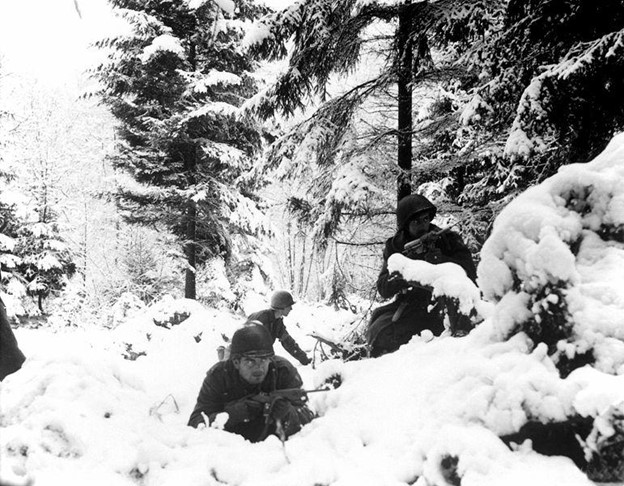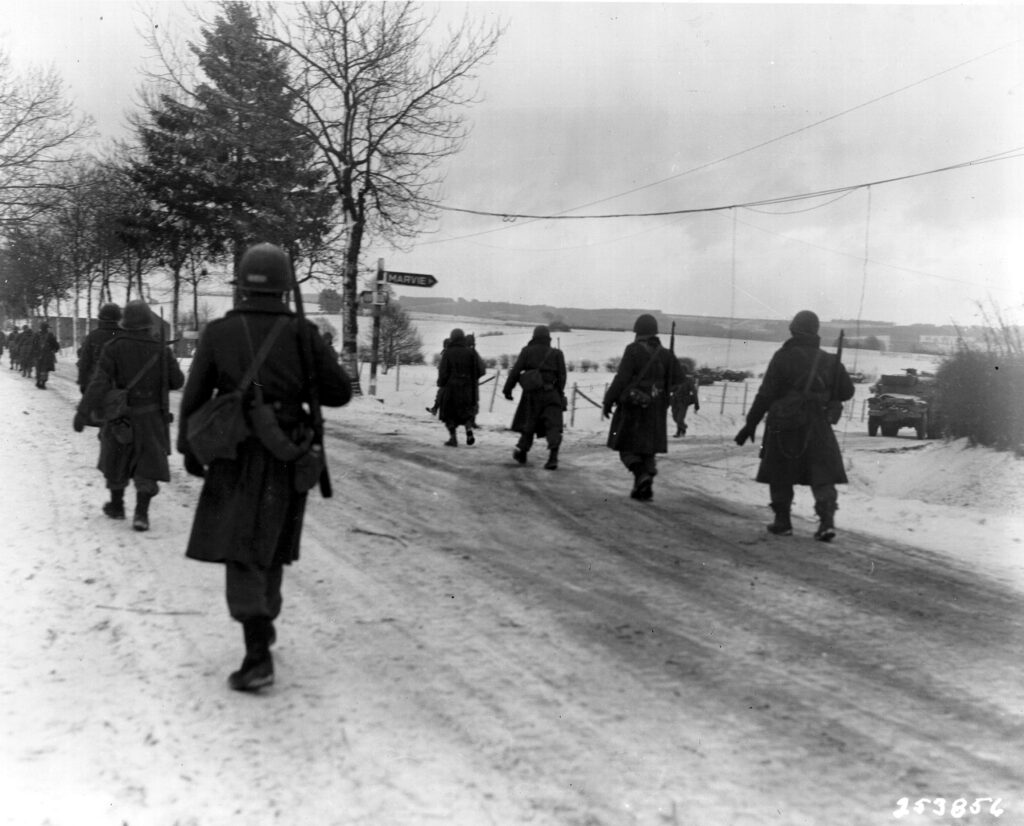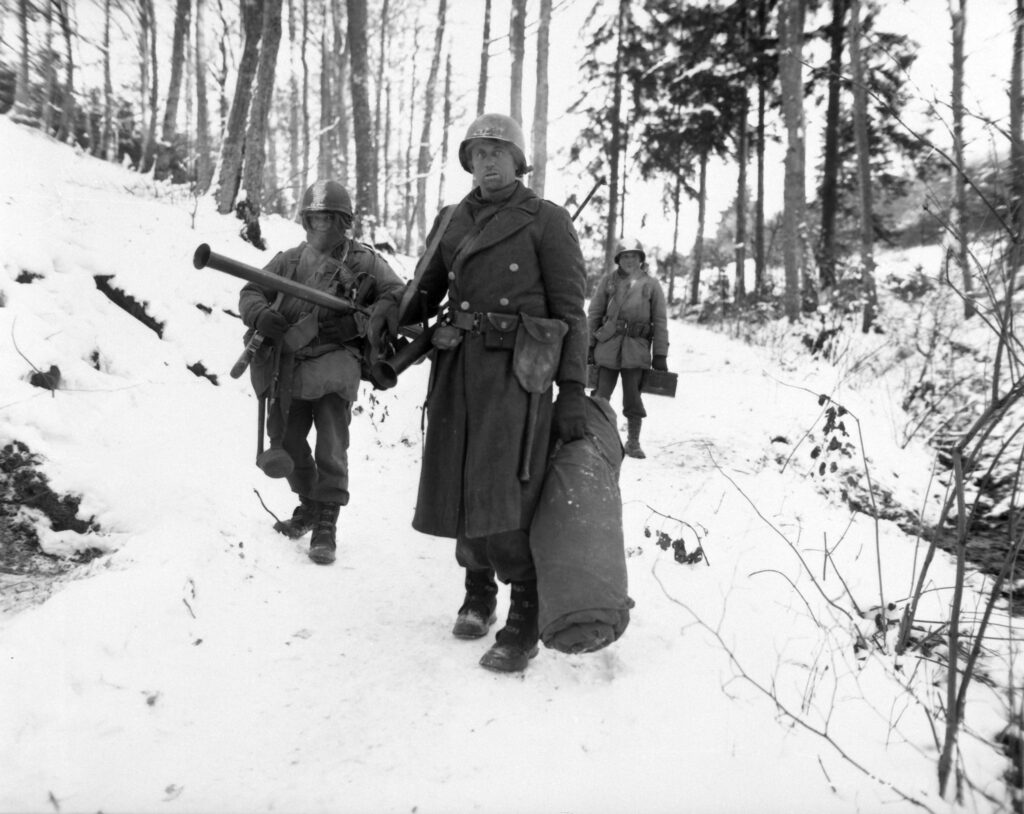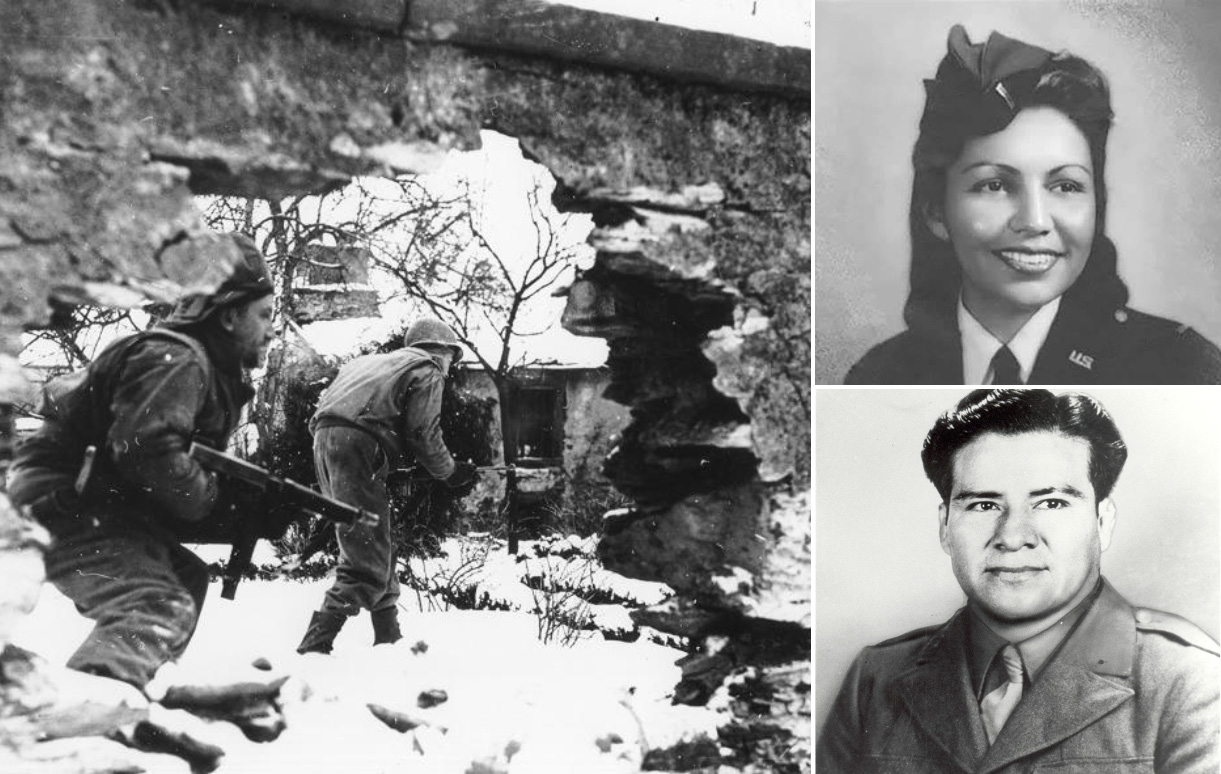
On December 16, 1944, the last major German offensive of World War II began. The Battle of the Bulge, also known as Ardennes Counteroffensive, would last over a month, ultimately ending on January 25, 1945. Adolf Hitler made one last push against Allied forces on the Western Front after D-Day, with the aim of splitting up these Allied forces in his drive toward Germany.
“This is undoubtedly the greatest American battle of the war and will, I believe, be regarded as an ever-famous American victory.”
Sir Winston Churchill, British Prime Minister
Early on the morning of December 16, among the rain and mist, German forces began their attack on American forces stationed across nearly 80 miles of the dense Ardennes Forest. These American forces – just four divisions, inexperienced and already battle-fatigued – faced over 30 German divisions in a surprise attack. Discover how the Allies defeated German forces in The Greatest American Battle of the War.
Stories of Heroism
It is estimated that over 1 million Allied troops fought in the Battle of the Bulge, including 500,000 Americans. It remains the largest and bloodiest single battle fought by the United States during World War II. Explore the stories of those who were there:
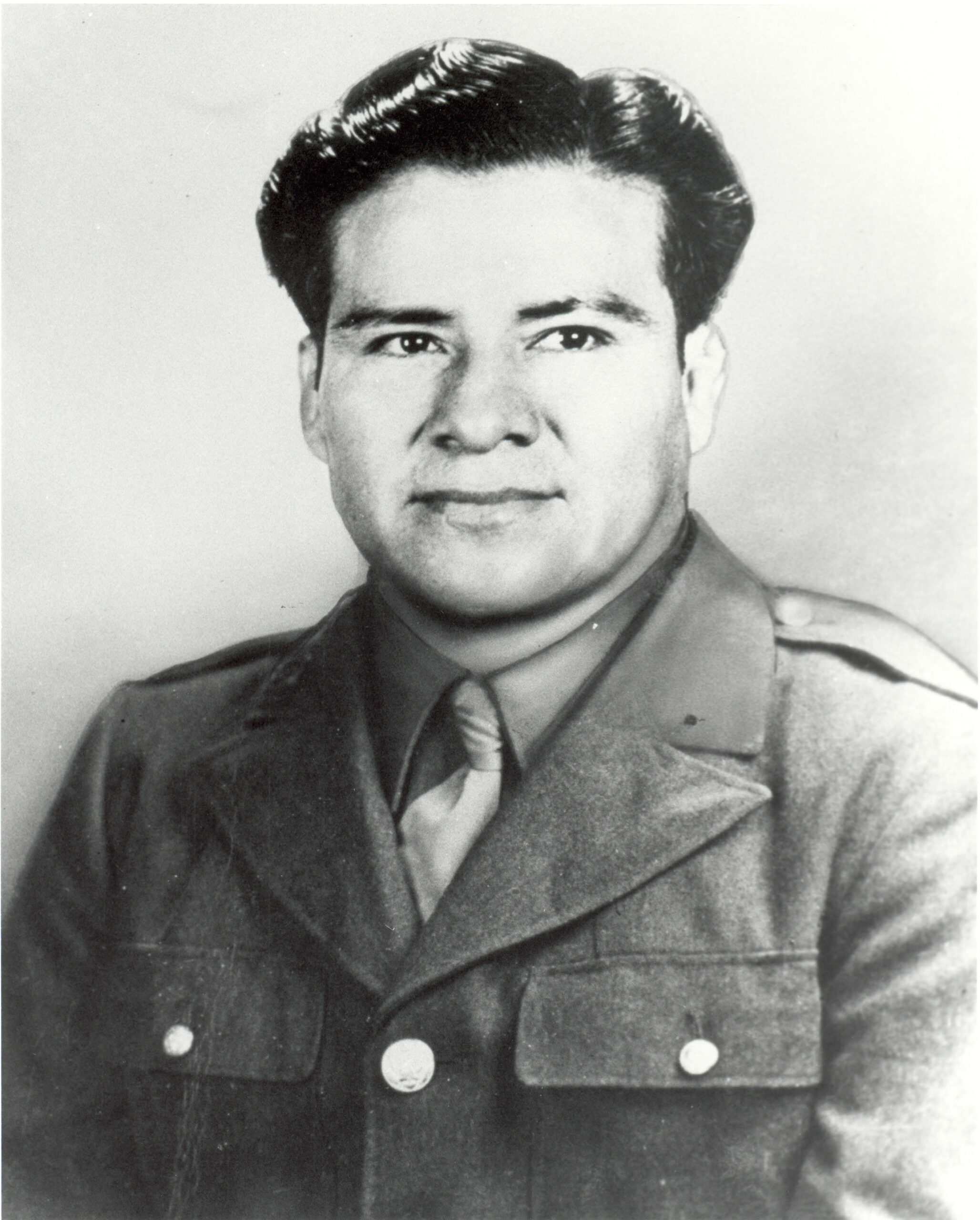
Master Sergeant Jose Lopez
Among the many brave service members who stopped the German advance was U.S. Army Master Sergeant Jose Lopez. On December 17, he single-handedly repulsed a German infantry attack with a heavy machine gun and was almost solely responsible for allowing Company K to avoid being enveloped, to withdraw successfully and to give other forces coming up in support time to build a line which repelled the enemy drive. In 1945, he was awarded the Medal of Honor for his heroic actions.
Private First Class Francis Currey
On December 21, 1944, 19-year-old U.S. Army Private First Class Francis Currey was an automatic rifleman guarding a bridge crossing and strongpoint. He repeatedly exposed himself to hostile fire during an early morning German tank advance in Malmedy, Belgium.
During the attack, he used a bazooka and anti-tank grenades which caused four enemy tank crews to abandon their tanks and also enabled him to rescue five comrades who had been pinned down in a building by enemy fire. Currey was awarded the Silver Star which was then upgraded to the Medal of Honor on July 27, 1945.
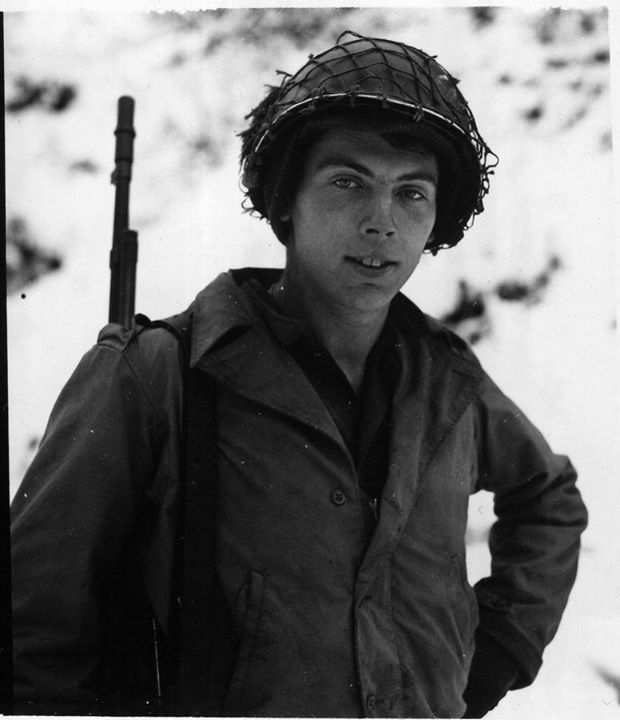
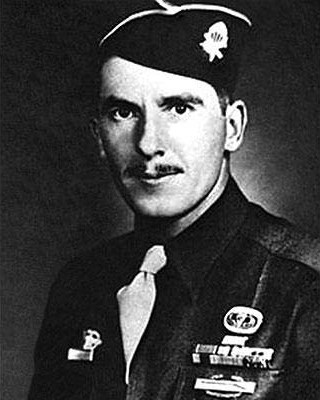
First Sergeant Leonard Funk
Funk was one of the most decorated soldiers and paratroopers of World War II. While serving with the 508th Parachute Infantry Regiment, then part of the 82nd Airborne Division, he received the Distinguished Service Cross, Silver Star, Bronze Star Medal and three Purple Hearts.
On January 29, 1945, Funk was serving as the commanding officer when they attacked and cleared 15 houses in Holzheim, Belgium. With the help of another American unit, they quickly overran the town, taking about 80 German prisoners who were placed under a four-man guard.
A few hours later, an enemy patrol, by means of a ruse, succeeded in capturing the guards and freeing the prisoners, and had begun preparations to attack Company C. Despite being greatly outnumbered, Funk opened fire and called for the captured American guards to seize the Germans’ weapons. On September 5, 1945, Funk received the Medal of Honor for his bold actions.
Marcella LeBeau
Meet Marcella LeBeau, a member of the Cheyenne River Sioux Tribe, nurse and Veteran. In 1943, she enlisted in the U.S. Army Nurse Corps to serve in World War II. She served in France, England and Belgium under the 76th General Hospital unit, including at the Battle of the Bulge. Explore her story.
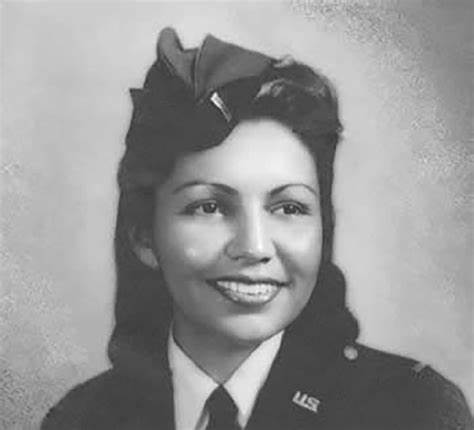

J.D. Salinger
Before he wrote “The Catcher in the Rye,” U.S. Army Veteran J.D. Salinger served as a Counter-Intelligence Agent with the 4th Division during World War II. He served in a total of five campaigns including Utah Beach on D-Day, the Battle of the Bulge and the Battle of Hurtgen Forest.
With a little encouragement from fellow writer and war correspondent, Ernest Hemingway, Salinger began carrying his typewriter around in his jeep. Between the chaos of combat, writing became a way for Salinger to process his post-traumatic stress. Learn more about the impact of his service.
Listen in as U.S. Army Veteran Bill Pilati recalls his experiences:
During the Battle of the Bulge, the U.S. suffered well over 80,000 casualties, including an official Army count of 19,246 dead and more than 23,000 American troops taken prisoner. It remains the third-deadliest campaign in American history. Join us in honoring and remembering their sacrifice for our freedom.


